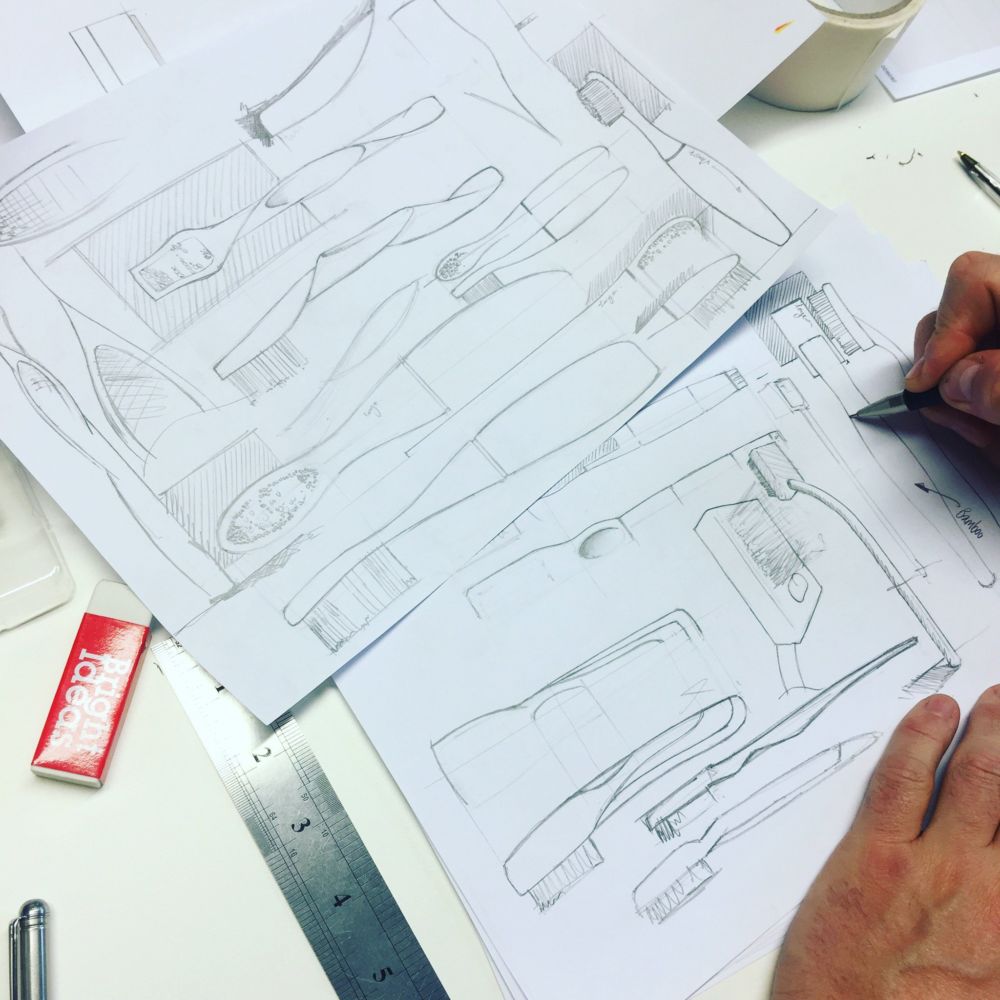We’ve written down some information about our product design process and how to get started with creating a new product or invention.
Getting started – Project Consultation and Quote
You may have a new product to manufacture or just an idea when you first come to us. You can email or give us a call, and once both parties have signed a confidentiality agreement then we can begin discussing the project in more detail. We will set up a meeting or conference call to discuss your project and then provide a quote. Our quotes are split into phases so we can be as involved as you require.
Either email enquiries@centreline.co.uk or call us on – 01623 884300 where our creative director, Neil is best placed to discuss new projects.
Phase 1 – Research and Concept Design
A) Front end Research: This is the first stage in our approach to creating a new product for you. We aim to discover end user needs and desires whilst exploring the relevant markets.
Competitor products, on trend styling, manufacturing techniques along with material feasibility options will also be investigated.
B) Concept design – Using the results from the front end research along with the supplied information from yourself, we would then progress into the concept aesthetics & styling phase, this typically involves the creation of a small team of designers that begin by hand-sketching. These sketches will be continuously evaluated on criteria such as styling, shape, technical solution and ease of manufacture. Great emphasis will be paid to the priority requirements highlighted in the supplied design specification.
The phase will culminate in concepts, presented to you as photo-realistic renderings (if appropriate) for your appraisal. Each of these concepts will be designed with consideration to the functionality and interaction of the end user.
Phase 2 – Detailed Design & Engineering
During this stage we would fully engineer your product, taking into consideration the function, materials and method of manufacture. At this stage all manufacturing elements are integrated into the design, including draft angles, wall thicknesses, split lines, internal rib detail, location bosses and general moulding conditions for the chosen plastic – typically involving designing out possible issues with warping, distortion, shrinkage, cracking and sink marks. The outcome from this stage would be engineered CAD models which can be used for manufacture.
Phase 3 – Presentation Prototype
Once the detailed design engineering has been completed, a functional prototype of plastic parts can be produced, depending on the product. This will be quoted at time of production.
A product design process must be flexible enough to meet the needs of both a particular organisation and a particular project. User-centered design is, by nature, an iterative process, so what we discover through user research and usability testing often dictates the way a project should proceed. Thus, design is a flexible and evolving process.
After this phase you can choose to move onto Manufacturing which will be discussed once you have a final design.
If your product is to be produced using plastic then you’ll find our post about tooling helpful: What is tooling?

